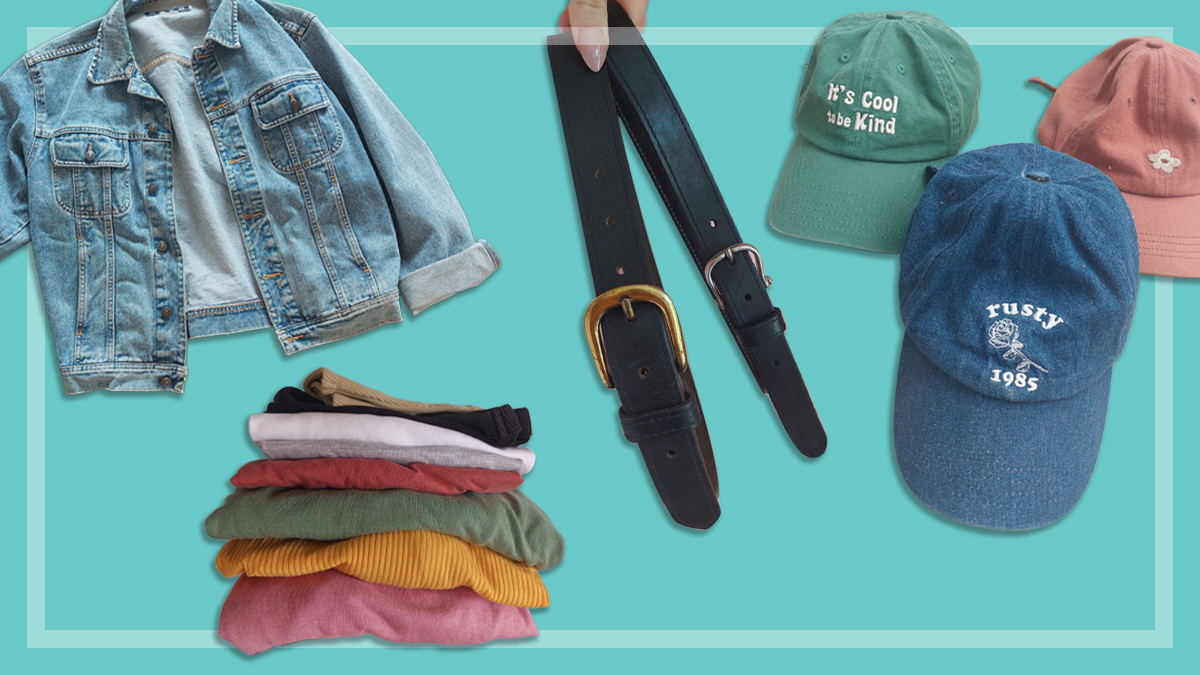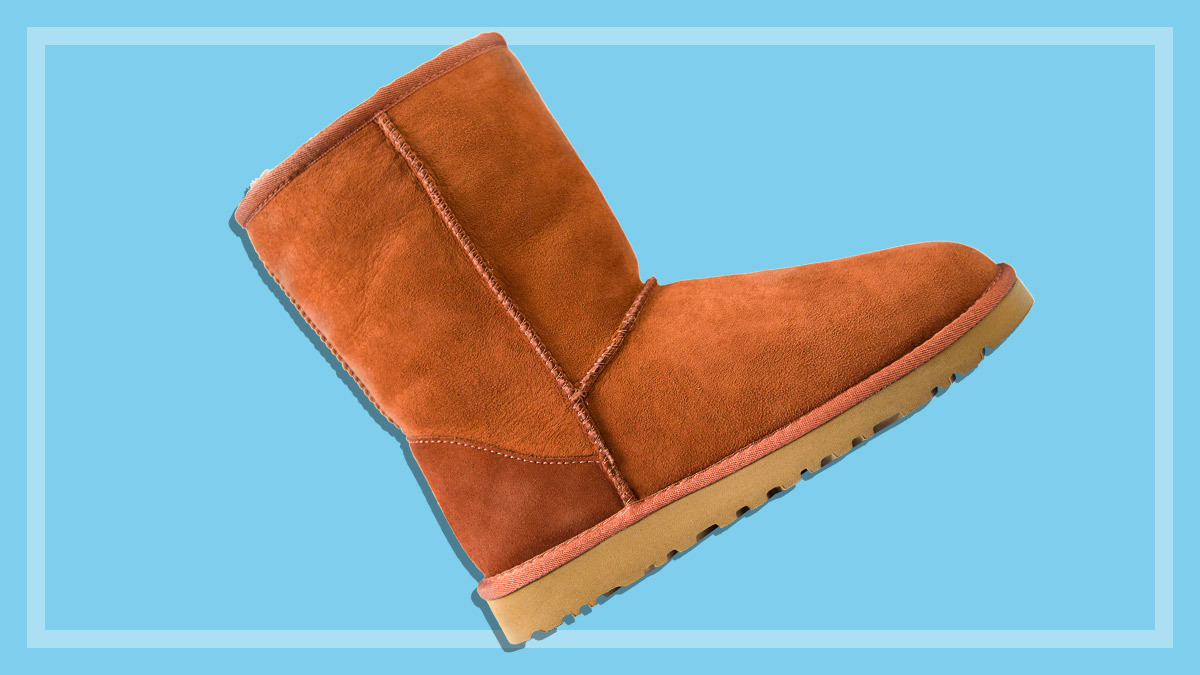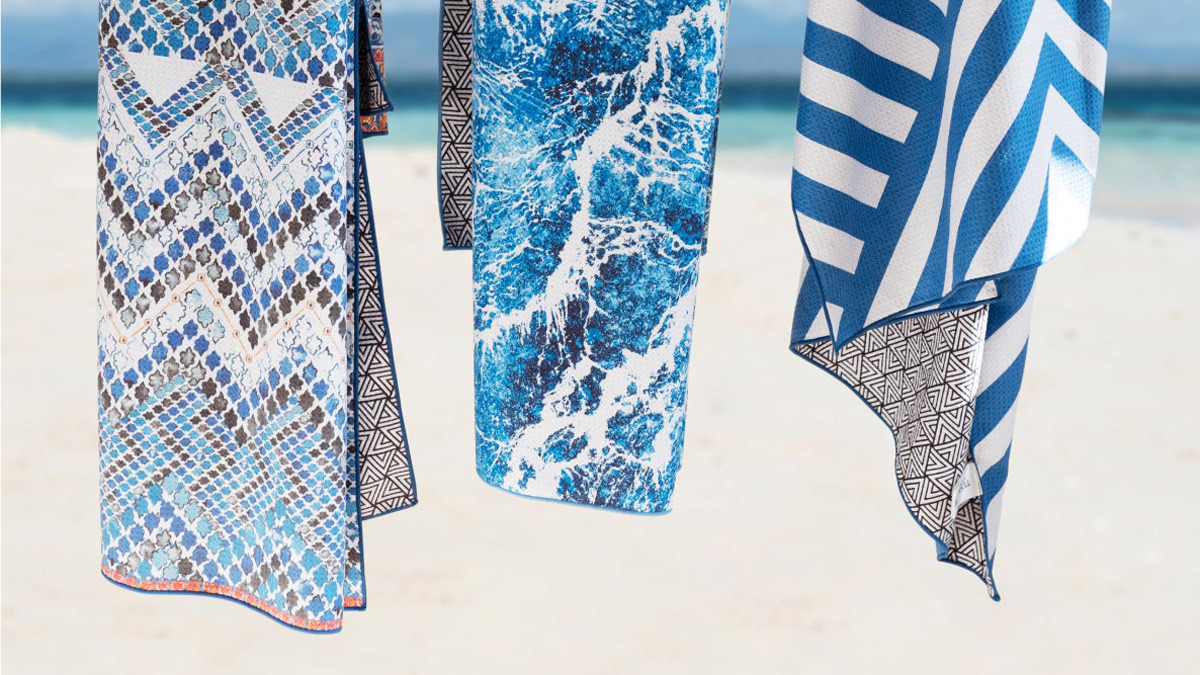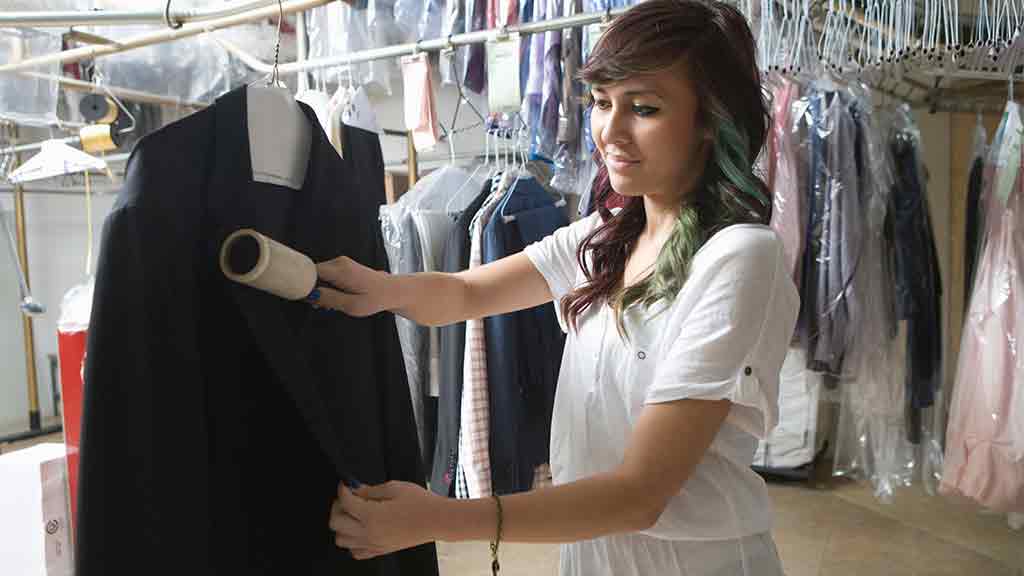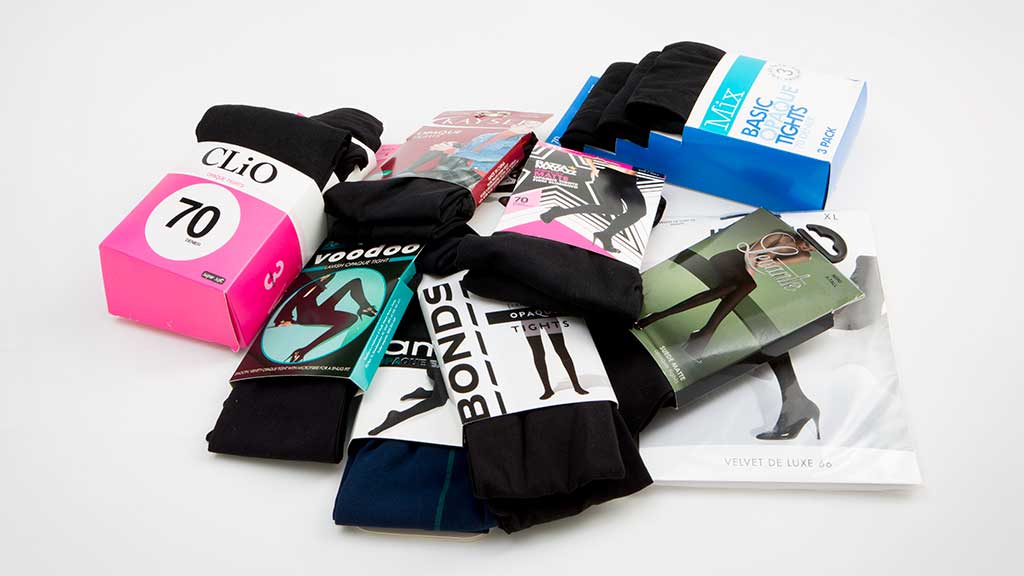Get our independent lab tests, expert reviews and honest advice.
What to look for in a rashie
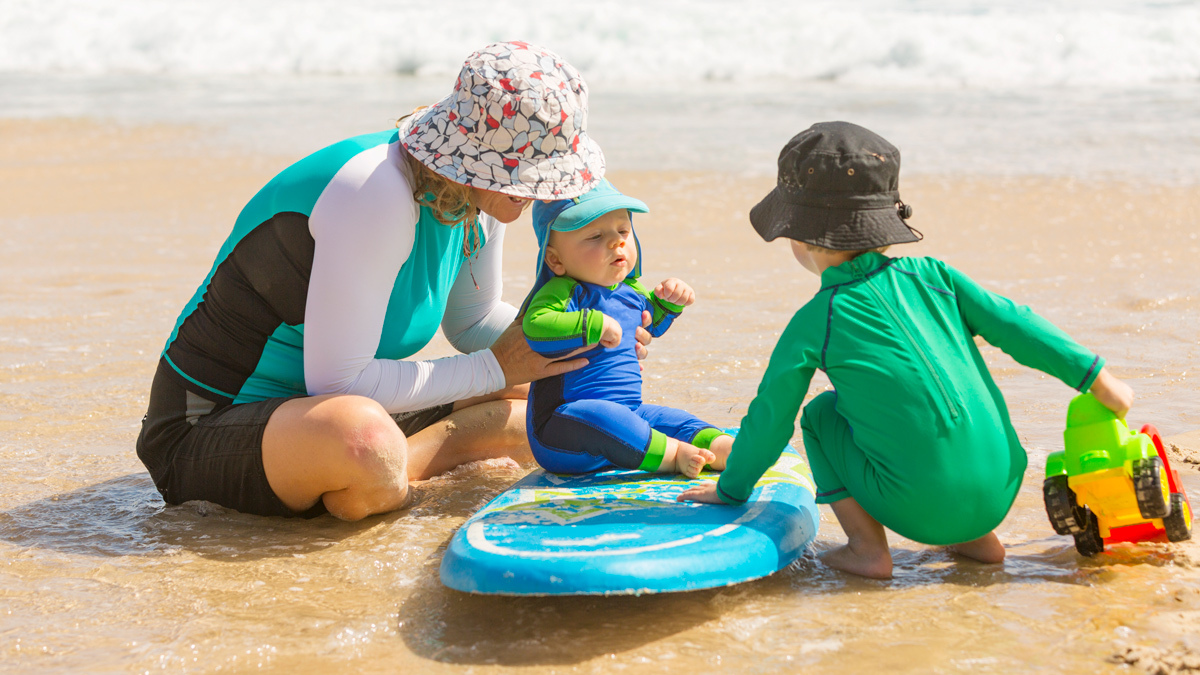
Whenever you hit the beach or the pool in summer, sun protection is a must. With very few kids willing to submit to full-body sunscreen coverage, UV-protective clothing like a rash vest, or ‘rashie’, can be an absolute blessing – back, front and shoulders covered in one easy step.
But rashies don’t last forever, and the ravages of sun, chlorine, washing and stretching will diminish their sun protection over time – as the various warnings and disclaimers on the labels remind you.
This rashie guide will help you decide on the best rashie to buy by explaining:
- ultraviolet protection factor (UPF) and how it’s measured
- how to know if a rashie is doing its job properly
- how to care for a rashie and when to replace it.
What is UPF?
Ultraviolet protection factor (UPF) is a measure applied to fabrics that tells you how much of the sun’s UV radiation is blocked, and therefore how much protection it gives. A UPF of 50 lets 1/50 or two percent of UV radiation penetrate, whereas a UPF of five lets one-fifth or 20% of UV radiation through.
The UPF of a material can be affected by:
- its thickness – denim protects better than organza
- the tightness of the weave – and stretching can reduce this
- the colour – darker and intense bright colours give more protection than light ones
- the fibre – all other things being equal, synthetic materials give more protection than natural fibres
- the addition of UV-absorbing finishing chemicals or optical brighteners
- moisture – dry fabric often has a higher UPF than wet fabric.
The Australian standard for UPF measurement is AS 4399:2020 Sun protective clothing – Evaluation and classification. This standard was first introduced in 1996 to guide manufacturers and suppliers in communicating the sun protection properties of materials in products such as swimwear, workwear, schoolwear and outdoor wear to Australians and New Zealanders.
It was revised in 2017 to simplify the UPF rating system and introduce body coverage information. It was revised again in 2020 to include body coverage and labelling information.
How do you know if it’s doing its job properly?
If you’re wearing a rashie and not getting sunburnt, you may think it’s doing its job. And it probably is – against the burning UVB radiation, at least. In general, fabrics give more protection against UVB than UVA, so an absence of sunburn doesn’t tell you whether it’s giving effective protection against UVA – and that’s the radiation most responsible for premature ageing of skin. It also causes skin cancer, including melanoma, as does UVB.
An absence of sunburn doesn’t tell you whether it’s giving effective protection against UVA
Visible signs that your rashie may not be protecting you properly are a slackening of the fabric and loss of its shape. When it’s wet is a good time to check for excessive stretching and transparency. Ultimately, it’s better to be safe than sorry, and buy and replace rashies regularly – and the good news is they don’t have to be expensive to be effective.
The test of time
We wanted to see just how well rashies stood up over time, so in 2016, we tested a rashie that a child had worn over a period of three to four years. The rash vest had endured a battering in chlorine pools and at the beach, and although it was usually rinsed, it was rarely washed. The material showed signs of wear (see image) and had lost elasticity in patches.
This rashie was rated UPF 20 after taking the worst patches into account, which still puts it in the ‘good’ category for protection. So although a new rashie is better, it’s good to know that even a well-worn rashie is going to do an OK job if you don’t have another option – and some protection is better than none when it comes to Australia’s harsh summer sun.
For comparison, a thin white cotton T-shirt has a UPF of about five.
Are expensive brands better than cheap brands?
Parents in a 2016 CHOICE survey were divided on whether it was better to get cheaper or more expensive rashie tops for their kids.
Many thought the cheaper ones were just as good as more expensive ones, though that may depend on how they’re treated. Others believed the more expensive ones were better because they lasted longer than one season and could be passed on to another child when outgrown.
Previous CHOICE rash vest tests found that both cheaper and more expensive tops easily met the claimed UPF protection after a battery of sun, chlorine exposure and repeated washing. But there may well be a difference between them after two or three years of use.
On the other hand, buying cheaper ones could be a better choice if it would make you more likely to replace them more often, and err on the side of caution.
Tips for choosing a UPF rashie
- Look for a label that says the rashie has been tested to the Australian Standard.
- If you’re mostly using rashies in a pool, choose one made from polyester as this material is chlorine resistant.
- Get one with a high neckline – a zip makes it easier to get on and off.
- Long sleeves give more protection than short or cap sleeves.
- Darker colours and black give better UV protection than pale colours. Bright colours are also good and make it easier to spot your child!
Make sure they’re a relaxed fit, especially across the shoulders, because stretching the material reduces UPF. If they’re too big, however, they become difficult to swim in and uncomfortable when wet.
Care instructions
For something that’s probably going to be worn in salt water, chlorine and freshwater, in the sun and on the sand, by the children of harried parents, the care instructions can be pretty demanding.
- Most labels point out that you should rinse the rashies after use, but fresh water may not be available.
- Rolling them up when wet or wrapping them in a towel isn’t usually recommended.
- Most UPF-rated garments recommend a gentle machine wash or even handwashing. But this will depend on the garment, so check the care instructions on the label first.
- Rashies should be line-dried in the shade.
We understand parents may not always strictly follow the care instructions – our advice is just to do your best!

